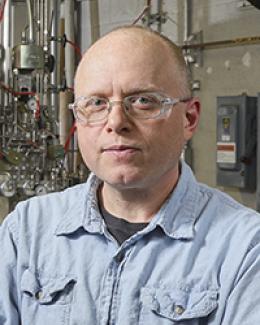Abstract
In this study, the corrosion behavior of laser-interference treated AA2024-T3 specimens, which are coated with a primer, is presented. The surface of as-received AA2024-T3 specimens were laser-interference structured by splitting the primary beam of a Q-switched Nd:YAG pulsed nanosecond laser into two beams and focusing them to the same spot on the specimen surface. After being stored in plastic cases for up to 70 d, without any additional cleaning, the specimens were spray painted with a chromate-containing epoxy primer, CA7233, compliant to MIL-PRF-23377 Type I Class C2 specification. The corrosion behavior of laser-interference specimens was assessed against that of specimens prepared by chromated conversion coating and sulfuric acid anodizing treatments. After the ASTM B117 corrosion exposure, it was found that the laser processed specimens exhibited only few blisters. On one hand, most specimens prepared at a laser fluence of 1.78 J/cm2, without any additional chemical cleaning, were found to develop one very small blister after only 96 h of exposure. However, the growth of these blisters was not significant even after 1,000 h of salt spray exposure. On the other hand, only a fraction of the specimens prepared at a laser fluence of 1.24 J/cm2 and acetone wiped right after the laser structuring were found to develop several tiny blisters after 790 h and longer exposure. Overall, it was found that the corrosion damage was minimized at a laser rastering speed of 4 mm/s, a condition for which only 33% of specimens developed very minor corrosion damage. The ASTM D1654 creepage ratings, which was used to evaluate the corrosion damage along the scribe lines, were found to be at least nine for all coated panels. These results indicate that the laser-interference technique with the additional acetone wiping has the potential to be further developed as a nonchemical surface preparation technique for chromate-containing epoxy primers coating systems.




